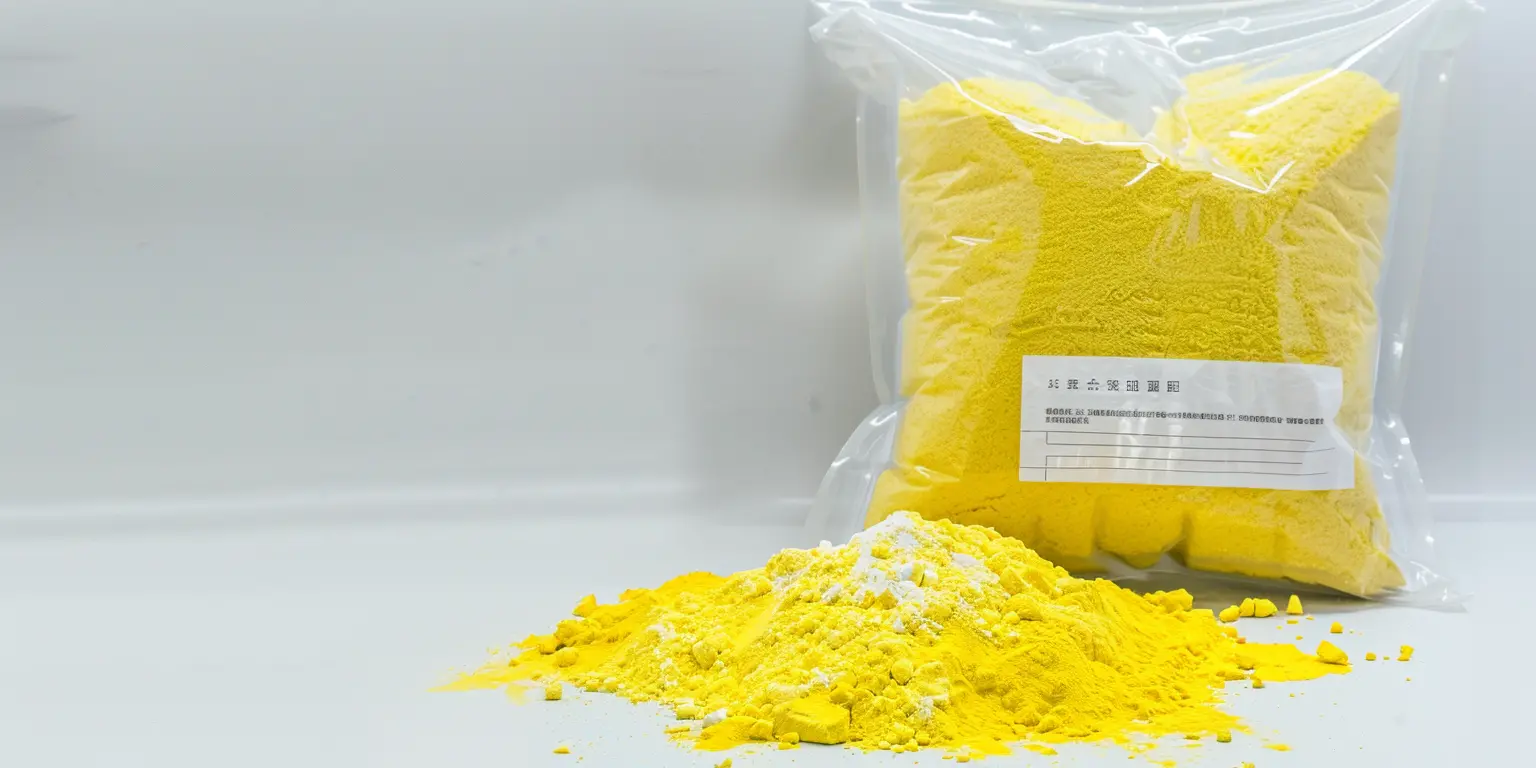In manufacturing, the choice of dispersant plays a crucial role in both the production cost and the quality of end products. By selecting the appropriate dispersant, companies can effectively reduce production costs while maintaining or even improving the quality of their products.

Different types of dispersants serve various purposes; understanding these can help manufacturers choose the right one. Nonionic polyacrylamide (PAM) is widely used due to its effectiveness in a variety of applications, including water treatment and as an additive in construction materials.

Moreover, using Hexamethoxymelamine as a hardener in resin formulations offers additional benefits, such as improved durability and resistance to environmental factors. This not only enhances product performance but can also lead to long-term savings.
By integrating effective dispersants like Diphenylamine (DPA) or N-sulfurization accelerator DCBS, manufacturers can further optimize their processes. These compounds help accelerate production timelines while ensuring that quality standards are upheld.

In conclusion, selecting the right dispersant is paramount for reducing production costs and achieving superior product quality. Manufacturers looking to enhance their processes should consider a tailored approach to dispersant selection to unlock potential savings and improve their competitive edge in the market.
